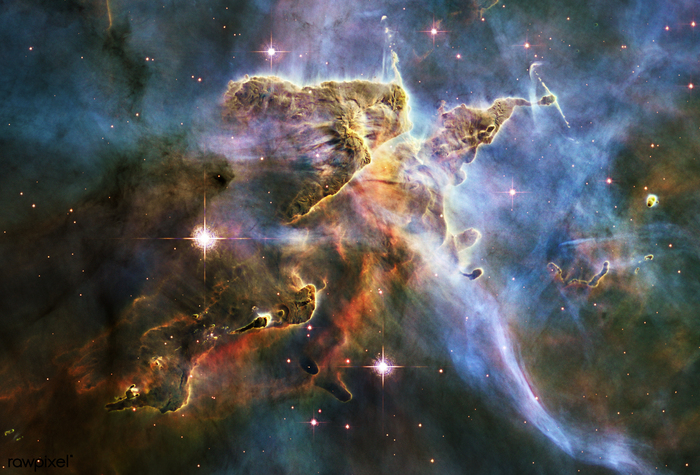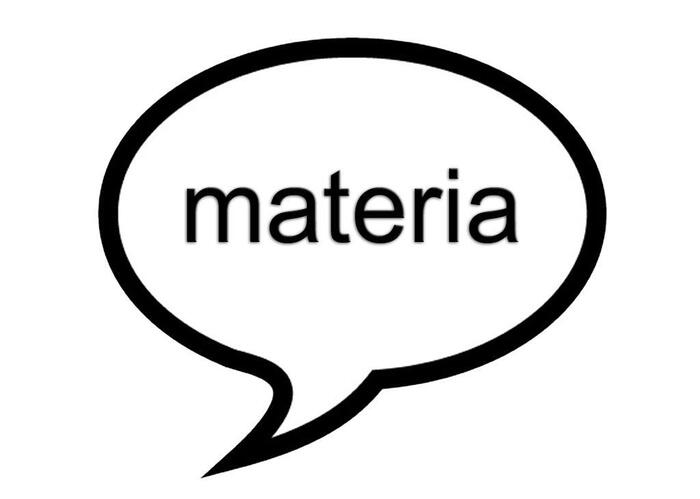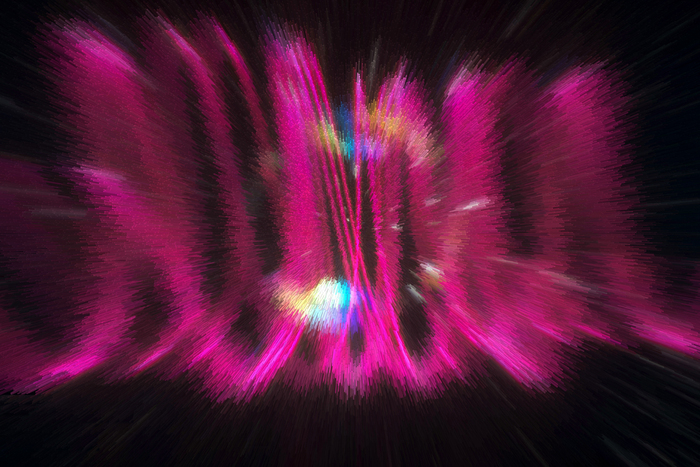The cosmos is full of it, about a quarter of the entire universe is made of dark matter. This makes it five times more common than all the known matter together. But from what the Dark Matter exists, researchers do not know until today. The particles betray themselves only by their gravitational effect. They ensure, for example, that galaxies do not fly apart. Otherwise they will not interact with "normal" matter.
In numerous experiments worldwide, scientists are trying to track down dark matter. Common theories say that it consists of very heavy particles called WIMPs. There is no experimental evidence yet (read a report from the Gran Sasso Underground Laboratory in Italy, where work is being done).
In a new, particularly interesting experiment at the Deutsches Elektronen-Synchrotron (Desy) in Hamburg, scientists are now trying a different route: they are not looking for heavy, but particularly light particles. With the installation of the first of 24 superconducting magnets for the research project "Alps II" ("Any light particle search"), the experiment on Monday has taken a decisive step forward.
You might also be interested in
The experiment is to search for particles that can shine light through a wall. An example of this is the so-called Axion. Like the WIMPs, the suspected particle does not belong to the standard model of particle physics - nor is it clear that it actually exists. But if the particle were to exist, then a strong magnetic field would occasionally cause it to transform into light particles called photons, and vice versa.
Against the wall - and possibly through it
That's exactly what the team hopes to prove with the Hamburg experiment. A first attempt was 2007 to 2010 without result, now the measurement technology is a thousand times more sensitive. Half of the 24 nine-meter-long magnets are placed on two different sides of a thick steel wall. On one side is also a laser system whose beam is amplified by a so-called resonator.
The scientists hope that some of the photons generated by the laser will transform into axions or similar particles in the strong field of the deployed magnets. Then, unlike the photons, these tiny creatures could fly through the wall unhindered.
You might also be interested in
On the other side of the steel barrier, the researchers hope, the particles would be converted back into light particles in a second resonator. Their tiny signal could then be detected by special detection systems. If you were to see light on the other side of the wall, you would have proved that axions actually exist. The mystery of dark matter would be solved.
Especially "Alps II" is that the technology is recycled in large parts. This makes the experiment relatively cheap, especially when compared to huge accelerators such as the Large Hadron Collider (LHC) at Cern in Geneva. Not only an underground tunnel was used on the Desy, which originally housed another, now mined, accelerator called "Hera". The magnets are also from this plant, where they were in use until 2007.
However, they had to be rebuilt: For "Hera" the magnets needed a slight bend, as they had to hold protons in a circular path. For use in the new experiment, they were now straightened with great force.
"It's really exciting to see how the project, which many of us have been working on for so many years, finally takes shape in the tunnel," said Axel Lindner of Desy, "Alps II" spokesman. "If the installation and commissioning is as planned, we can start the measurements in the first half of the year 2021."









